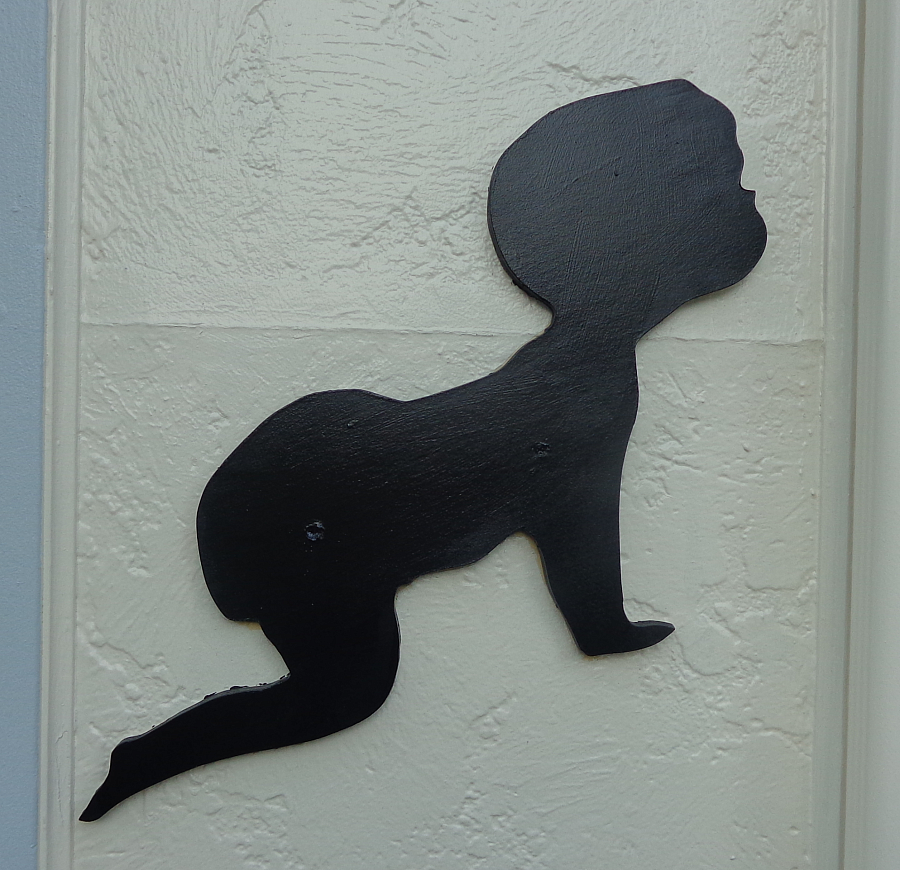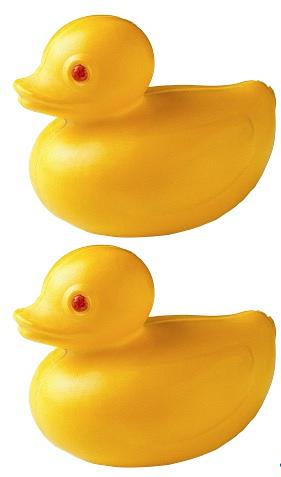Sweden takes a second look at shaken baby syndrome

A recent decision from Sweden’s Supreme Court is changing the landscape for Swedish citizens fighting misguided accusations of infant shaking.
An English translation of the decision has been posted by Riksförbundet För Familjers Rättigheter (RFFR, translated as the National Association for Families’ Rights), a union of families and their supporters created in 2013 so its members could approach the government as a coalition rather than as individuals. The ruling, from October of 2014, sets aside the June 2012 conviction of a father for presumably shaking one of his twin sons in 2009, with the explanation:
It can be concluded that, in general terms, the scientific evidence for the diagnosis of violent shaking has turned out to be uncertain.
As in so many of these cases, the infant collapsed at home and was found at the hospital to have both fresh and aging subdural bleeding, as well as retinal hemorrhages and brain swelling. The doctors concluded that the boy was the victim of abusive head trauma, and the prosecution seems to have offered a range of possibilities for how the injuries were actually inflicted. From the court’s summary of the prosecution’s position:
On 14 May 2009 in his home in Kungsbacka, MM did assault his son OM by shaking him vigorously or directing blows at his head, banging his head against something or using other violence against his head… In the alternate, MM did by shaking O vigorously or directing blows at his head, banging his head against something or using other violence against his head cause O’s injuries through carelessness.

In October of 2013, Dr. Eriksson had told the Legal Advisory Council that “the probability that O’s symptoms had arisen in some other way than through the intentional actions of an adult person is very small.” When he later testified in front of the Supreme Court, however, Dr. Eriksson had changed his position. In the words of the translated decision:
[Dr. Eriksson] based the conclusion in the opinion to the Legal Advisory Council on the fact that O presented three symptoms (a triad) that, if they occur at the same time, have been held, according to the traditional view, to strongly indicate that there has been violent shaking if it is not the case that the child has been subjected to some other form of “high-energy violence” such as a traffic accident or a fall from a high height. The symptoms included in the triad are haemorrhaging under the dura mater, haemorrhaging in the fundus of the eyes and swelling of the brain. However, this diagnosed model has been criticized. The point of the criticism is that the symptoms given can have other causes . . . So it is not possible to say today that the occurrence of the triad means that violent shaking has been proved. Instead, it must be concluded that we do not know; we are in a quagmire.
And Dr. Aspelin told the court:
The controversy is not about whether it is harmful to shake a child violently. The issue under discussion is with what scientific certainty it can be established how various injuries found in a child have arisen. The claim that the occurrence of the triad is strong evidence that violent shaking has occurred goes back to the late 1960s; however, the medical evidence for it was relatively thin. But the claim became generally accepted and grew into medical truth over several decades, even though the situation in terms of evidence did not change. It is known that a very large share of fundus haemorrhages are not linked to violence and arise in another way. Nor has it been shown that nerve fibers are torn, and that the brain therefore begins to swell, in connection with violent shaking. It can also be asked whether violent shaking can occur without neck injuries arising… To sum up, it can be said that the scientific support for the diagnosis of violent shaking is uncertain.
The twins had been born by scheduled Caesarean section, apparently without complications. When less than a month old, however, both boys were hospitalized for two weeks with respiratory infections. At that time, medical workers noted that O had a a couple of bruises on one cheek and bruising on the front of his lower legs.
Six weeks later, the parents brought O to the child healthcare center with a report that he had been “vomiting torrents” for two straight days. Apparently he was treated and released, but that afternoon the boy began screaming during a diaper change, and then suddenly fell silent. The child’s mother heard both the screaming and the sudden silence, but did not see what happened. The father reported that when the child fell quiet, he became unconscious and “loose-limbed” and started to “roll the whites of his eyes.” The father said he was “gripped with panic” and that he shook the boy gently in an attempt to resuscitate. The Supreme Court reviewed a video recording of the father’s statement and noted, “The shakes appear fairly cautious and by no means match the description of shaking violence.” Looking at the bigger picture, the court concluded:
It has not emerged that the facts in this particular case are such that it can be established… that O’s injuries were caused by violent shaking or other violence on the part of MM. On the contrary, certain facts, including the facts that O had previously had RS virus and that there were signs of older haemorrhaging under the dura mater, indicate that there is another explanation for the symptoms that O had.
The RFFR web site, which posted both the original decision and the English translation, also offers links to Swedish news coverage of the topic as well as an English-language commentary by pediatric neuropathologist Dr. Waney Squier in Britain and television news coverage out of Dallas, Texas, of a family accused of assault when their daughter’s genetic disorder was misdiagnosed as abuse.
A doctor in Sweden reports that since the Supreme Court’s decision, two convicted fathers have been freed on appeal after years in prison and a third has won in court and is now home with his family.
November 2016 update: The SBU has released its review of the shaken baby syndrome literature, concluding that the diagnosis has not been proven. Please see "Swedish Review Declares Shaken Baby Theory Unproven."
If you are not familiar with the debate surrounding shaken baby syndrome, please see the home page of Sue Luttner's shaken baby web site.
